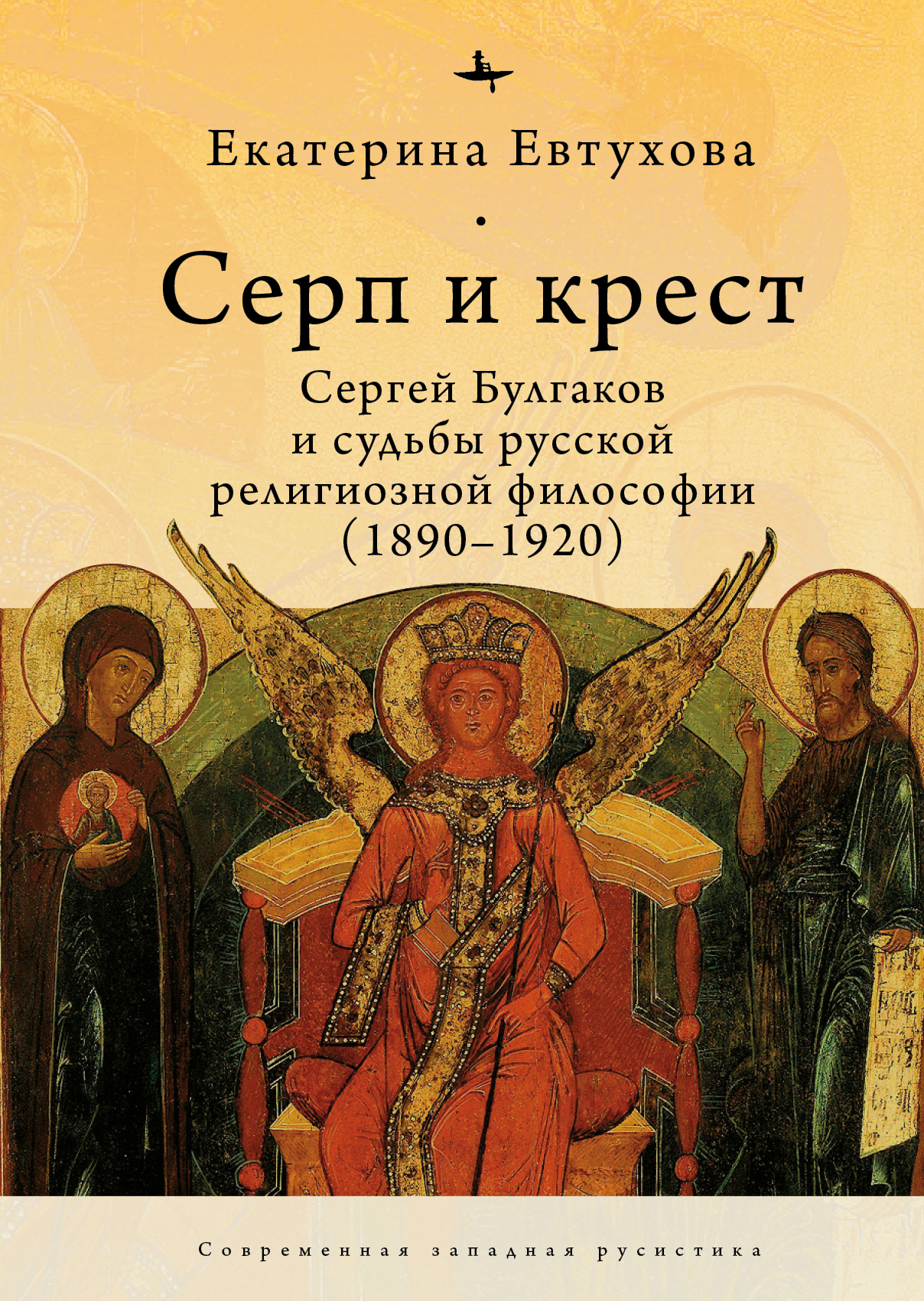Шрифт:
Закладка:
Это книга на неоднозначную тему — о том, какие риски сопровождали человеческую жизнь на протяжении веков и как люди учились избегать их в своем естественном стремлении к долголетию. Если всего лишь 100 лет назад люди умирали в первую очередь от инфекционных заболеваний, то сегодня основными причинами смерти в промышленно развитых странах стали болезни сердца, инсульт и рак. Изучая подобную статистику, мы можем понять, как жили предыдущие поколения, учиться на их ошибках, заимствовать лучшее и создавать новое. От средневекового голода и ныне полузабытой цинги до современного ожирения; от открытия витамина С и базовых правил санитарии и гигиены до терапии стволовыми клетками, редактирования ДНК, генной инженерии — освещая темы причин человеческой смерти в срезе множества поколений и вопросы охраны здоровья, профессор Манчестерского университета Эндрю Дойг насыщает свой рассказ интереснейшими фактами из области истории, культуры, политики, права и экономики. Особо выделяется тема вредных привычек и всевозможных зависимостей. Захватывающая история накопления знаний в области медицины, удивительных достижений и надежд на будущее.
«Наш стиль жизни изменился так радикально, что это отразилось и на том, как мы умираем. Цель этой книги — показать, как это произошло. Помимо изучения того, как мы живем и умираем сегодня, мы также заглянем в будущее и увидим, что нас ждет следующая революция в области здравоохранения, когда многие сегодняшние причины смерти будут побеждены благодаря использованию новых технологий, таких как стволовые клетки, трансплантация органов и генная инженерия. Таким образом, история о причинах человеческой смерти и о том, как мы справились со многими из них, — также история развития медицинских знаний и социальной организации, история достижений и перспектив». (Эндрю Дойг)
Книга вошла в список рекомендованных научно-популярных изданий 2022 г. по версии The Guardian, в список лучших книг 2022 г. по версии The Times. Книга-событие 2022 г. по версии Times и Observer.





